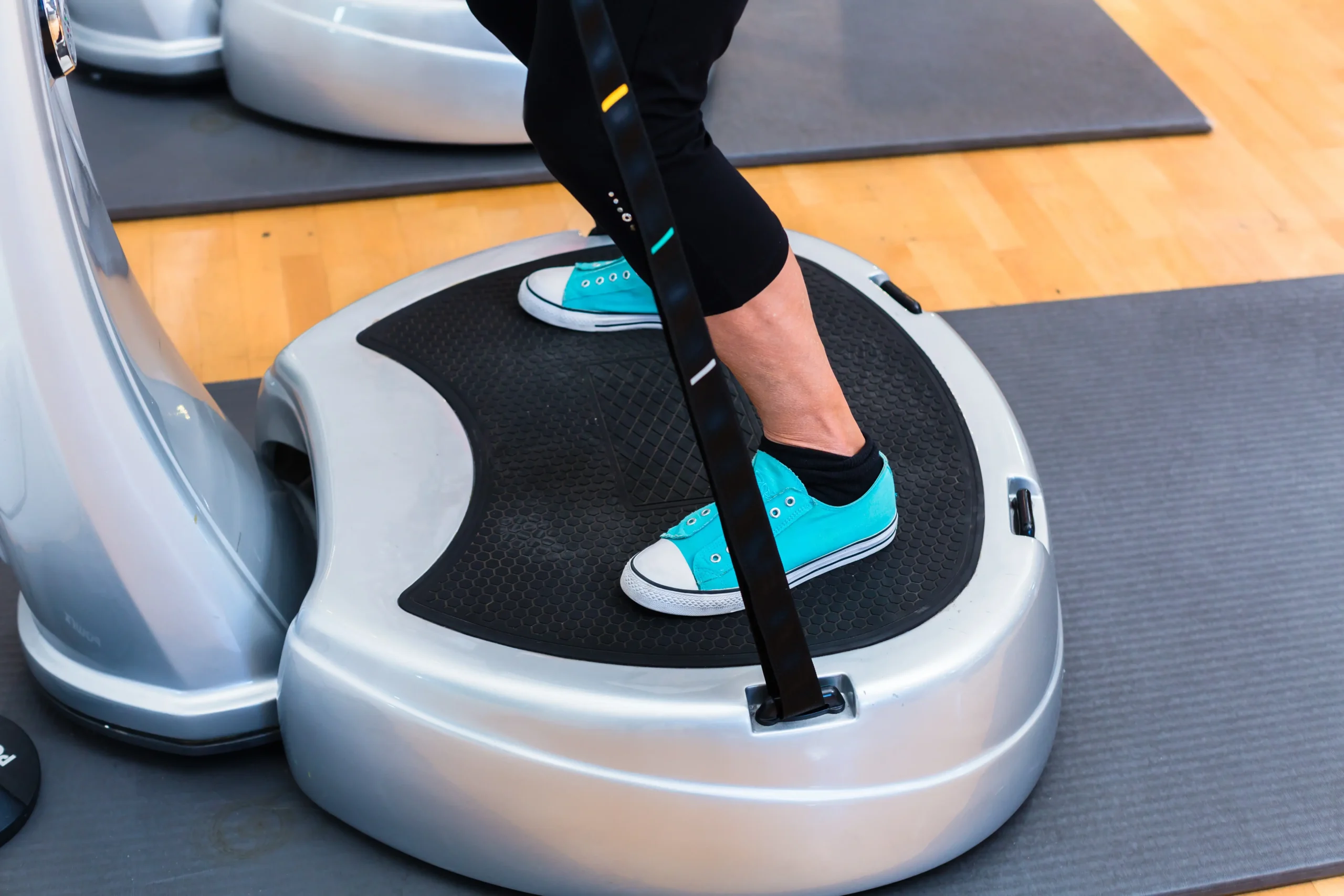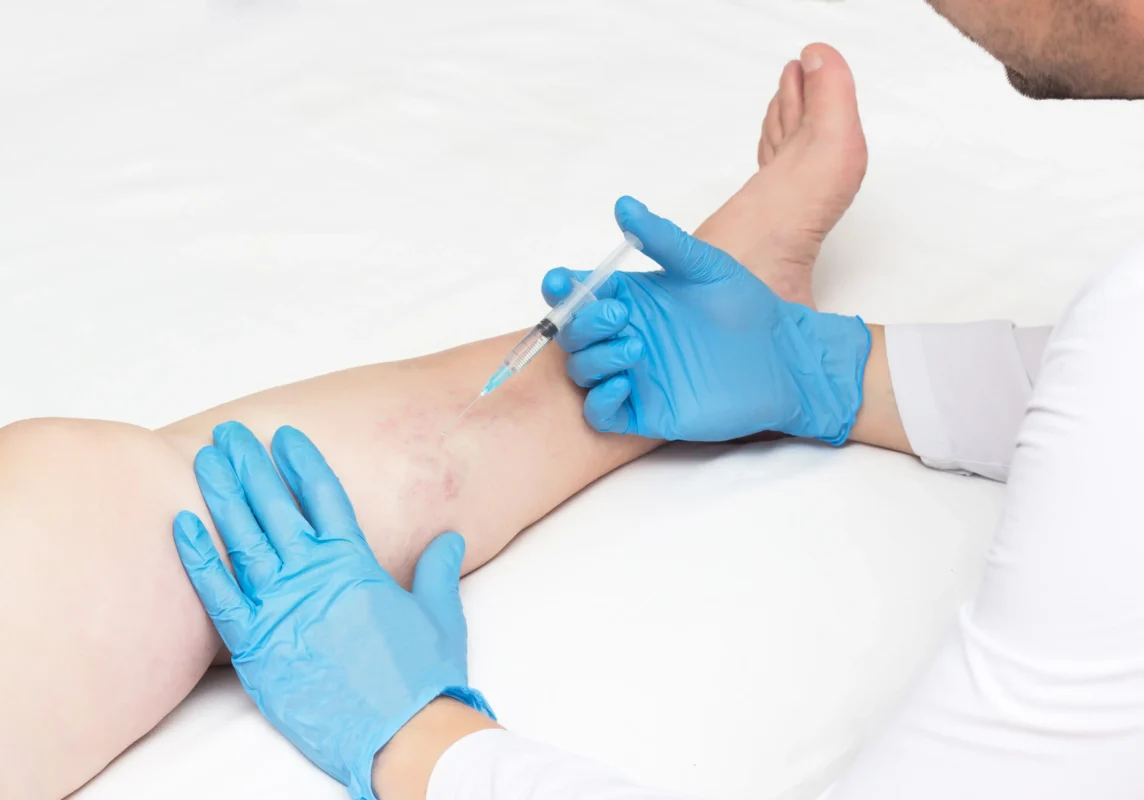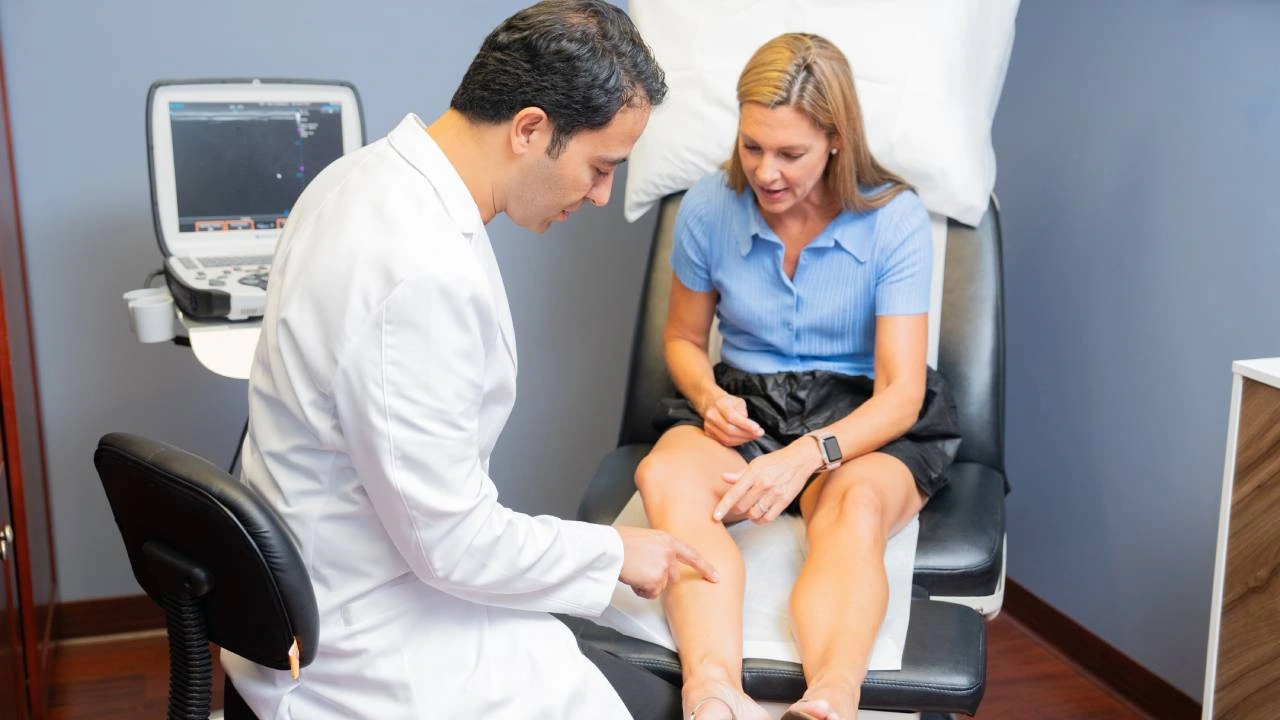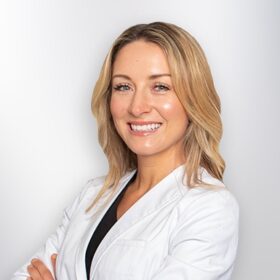Vibration plates (or platforms) are exercise machines that gently vibrate beneath your feet or body to stimulate muscles and increase blood flow. Commonly used in sports, rehabilitation, and wellness settings, they’re gaining popularity for their potential to improve circulation and relieve symptoms such as leg heaviness, cramps, and swelling.
Linear vibration plates, also known as vertical vibration platforms, move in a straight up-and-down motion that activates muscle contractions. These contractions help promote circulation and support lymphatic drainage.
However, if you’re using a vibration plate for leg pain, swelling, or varicose veins, it’s important to get a vein ultrasound to rule out venous insufficiency.
Vibration plate benefits: What real users and science say?
While vibration plates aren’t a cure-all, many users across wellness forums report real benefits from using them. Some say it helps relieve heaviness in the legs, reduce swelling, or ease muscle tension after long days of standing or sitting.
Research backs some of these claims. Studies show that vibration therapy can:
- Stimulate blood and lymphatic flow
- Temporarily reduce leg swelling
- Support muscle recovery after inactivity
A 2023 study published in Journal of Clinical Medicine found that vibration therapy increased venous blood flow and reduced edema in patients with chronic venous disease. The therapy also showed improvements in subjective symptoms like leg heaviness and fatigue.
However, vibration platforms do not address underlying causes like venous reflux or valve damage. If you experience chronic leg heaviness or visible veins, a professional vein evaluation remains the most effective next step.
Linear vibration plates – How they help?
Linear vibration plates move vertically, sending mechanical vibrations through the body. These vibrations trigger reflexive muscle contractions, increasing neuromuscular activity.
1. Circulation Improvement
Many people turn to vibration plates in hopes of boosting their circulation — and there’s science to back this up. The gentle vibrations stimulate muscle fibers and blood vessels, increasing local blood flow. For those dealing with leg heaviness, numbness, or discomfort after long periods of standing or sitting, this improved circulation may offer welcome relief.
2. Vibration plate for lymphatic drainage
The body relies on muscle contractions to move lymph fluid — and vibration plates can help mimic that motion, especially for people with limited mobility or sedentary lifestyles. Research using horizontal vibration therapy has shown it can increase venous diameter and support lymphatic drainage. This suggests vibration may help reduce swelling, fluid buildup, and inflammation in the lower body — all common symptoms in people with poor circulation or lymphatic overload.
3. Vibration plate for cramp and muscle tension relief
Muscle cramps and tightness are common complaints, particularly for people who are on their feet all day or prone to nighttime leg discomfort. Vibration platforms may help by encouraging muscle relaxation and improving oxygen delivery to the tissues.
4. Vibration plate for vein health support as Venous Disease (e.g., varicose veins, CVI)
Vein health relies partly on the efficiency of your calf muscle pump — the motion that helps push blood back up toward your heart. Vibration plates can gently activate these muscles, mimicking light physical activity like walking. For people with early signs of vein issues, such as varicose veins or chronic venous insufficiency (CVI), this may offer temporary symptom relief — easing swelling, heaviness, or restlessness in the legs.
While vibration therapy can help support circulation, it’s not a substitute for medical vein treatment. It may offer comfort, but it won’t correct underlying valve issues or reverse vein disease.
Limitations of vibration plates: Why they aren’t enough for vein disease
As mentioned earlier, vibration plates can feel great and offer short-term relief — but their effects are temporary. They support circulation and may ease symptoms like swelling or leg heaviness, yet they don’t address the root cause of vein disease.
When it comes to conditions like varicose veins or chronic venous insufficiency, the issue lies in damaged valves — and no amount of vibration can fix those. That’s why medical treatment is essential.
Limitations to keep in mind:
- Not a cure for structural vein problems
- Won’t remove varicose veins or fix faulty valves
- Can’t stop disease progression without treatment
- Best used alongside professional vein care
Vibration therapy vs vein ablation: What’s the difference?
If you’re dealing with persistent swelling, bulging veins, or heavy, achy legs — and you’ve tried wellness hacks like vibration plates with only temporary results — it may be time to consider something more lasting.
That’s where medical treatment comes in.
Vein ablation is a minimally invasive procedure designed to treat the root cause of varicose veins and chronic venous insufficiency
It works by using gentle heat or medication to seal off damaged veins, redirecting blood to healthier ones and relieving pressure.
Why many patients choose ablation:
- Directly treats the underlying problem, not just the symptoms
- Offers long-term relief
- Covered by insurance when medically necessary
Things to consider:
- Requires short-term downtime
- You’ll need to wear compression stockings after the procedure
- It doesn’t target lymphatic flow — that’s where supportive tools like vibration plates may still help
Quick comparison: Temporary support vs. medical treatment
|
Feature |
Vibration Plates |
Vein Ablation |
|
Symptom relief |
Yes (short to mid term) |
Yes (long-term) |
|
Treats underlying cause |
No |
Yes |
|
Improves circulation |
Yes |
Only at treated site |
|
Improves lymphatic flow |
Yes |
No |
|
Cramp Relief |
Yes |
Indirect |
|
Invasiveness |
None |
Minimally invasive |
|
Cost |
Low (equipment-based) |
Higher (covered by insurance) |
When can vibration therapy be most helpful?
- Early-stage vein symptoms like mild swelling or leg fatigue
- Supportive therapy for lymphedema or chronic swelling
- Low-impact circulation boost for sedentary individuals
- Recovery support after vein ablation (with physician approval)
- Muscle recovery, cramp relief, and stress-related swelling reduction
Safe use tips for anyone using vibration plates
Whether you’re using a vibration plate as part of your wellness routine, to support circulation, or to complement medical care, keep these safety tips in mind:
- Start slow: Begin with a low frequency (10–30 Hz) and gradually increase as your body adapts.
- Stay hydrated: Drink water before and after each session to help your lymphatic system flush out fluids.
- Listen to your body: If you have circulatory or nerve conditions, consult a doctor and use under supervision.
- Be consistent: For the best results, use 3–5 times per week for 10–15 minutes per session.
Using vibration therapy after vein ablation
If you’ve recently undergone vein ablation to treat varicose veins or chronic venous insufficiency, vibration therapy may support your recovery later on. But, timing matters.
Potential benefits (later in recovery):
- Can help improve circulation and reduce venous stasis
- May support lymphatic flow, reducing post-procedure swelling
- Helps re-activate your calf muscle pump for better blood return
Risks if used too early:
- May cause pressure or trauma at the treated vein site
- Can interfere with healing by promoting recanalization (reopening of treated vein)
- May increase bruising, bleeding, or tenderness if Varithena was used
- Could delay full closure of the vein if the calf muscles are overstimulated too soon
Recovery timeline for vibration plate use:
|
Time after procedure |
Use of vibration plates |
Notes |
|
0–7 days |
Avoid |
Stick to walking and compression only |
|
7–14 days |
Maybe (gentle use) |
Only if no pain or swelling, and with doctor’s clearance |
|
2–4 weeks |
Usually safe |
Light sessions for gentle circulation |
|
4+ weeks |
Safe |
Most can resume full use unless complications arise |
Ask your treating physician before resuming vibration plate use. If approved, start on the lowest setting and monitor for tenderness, swelling, or discomfort. Prioritize walking and calf pumps in the early weeks.










